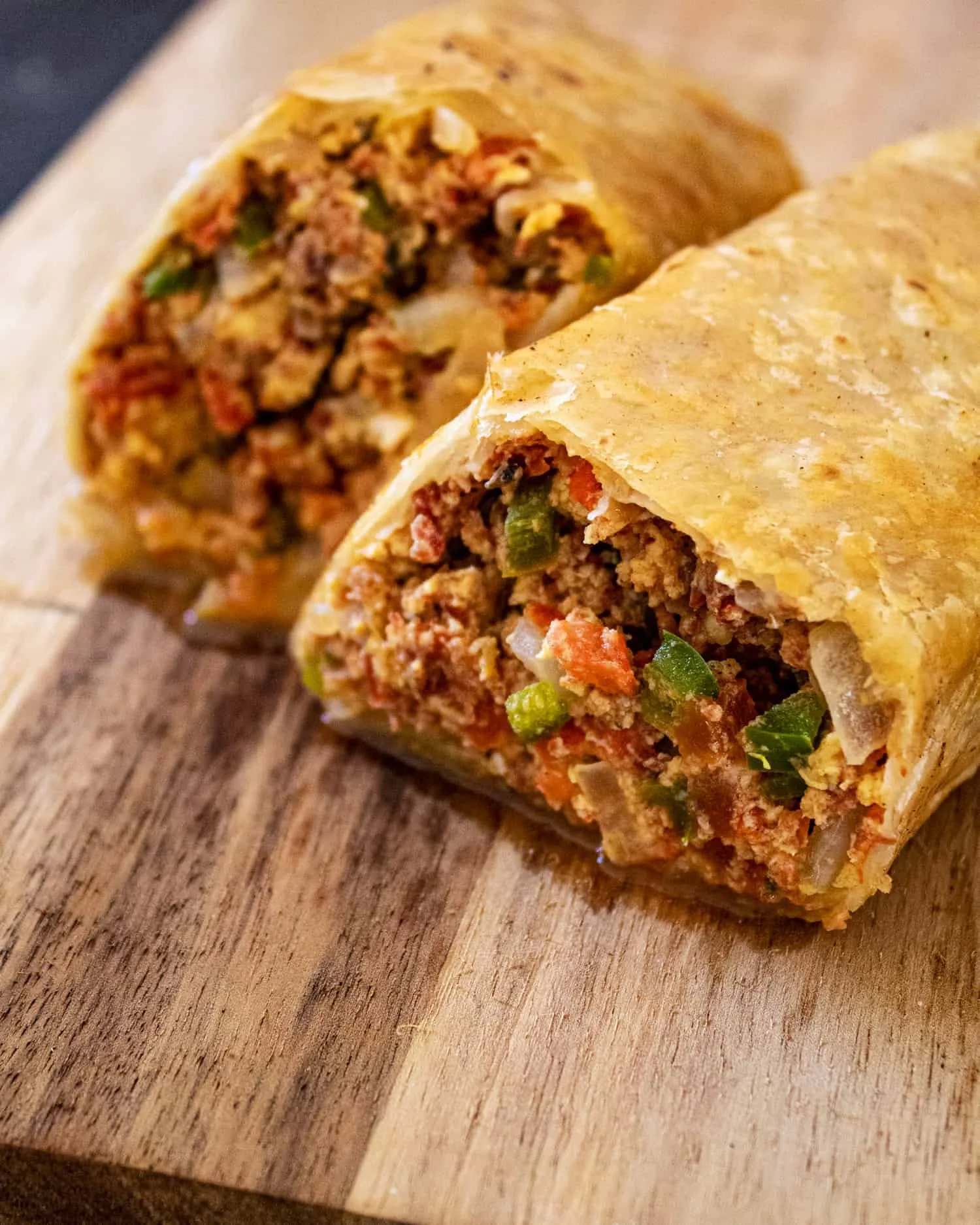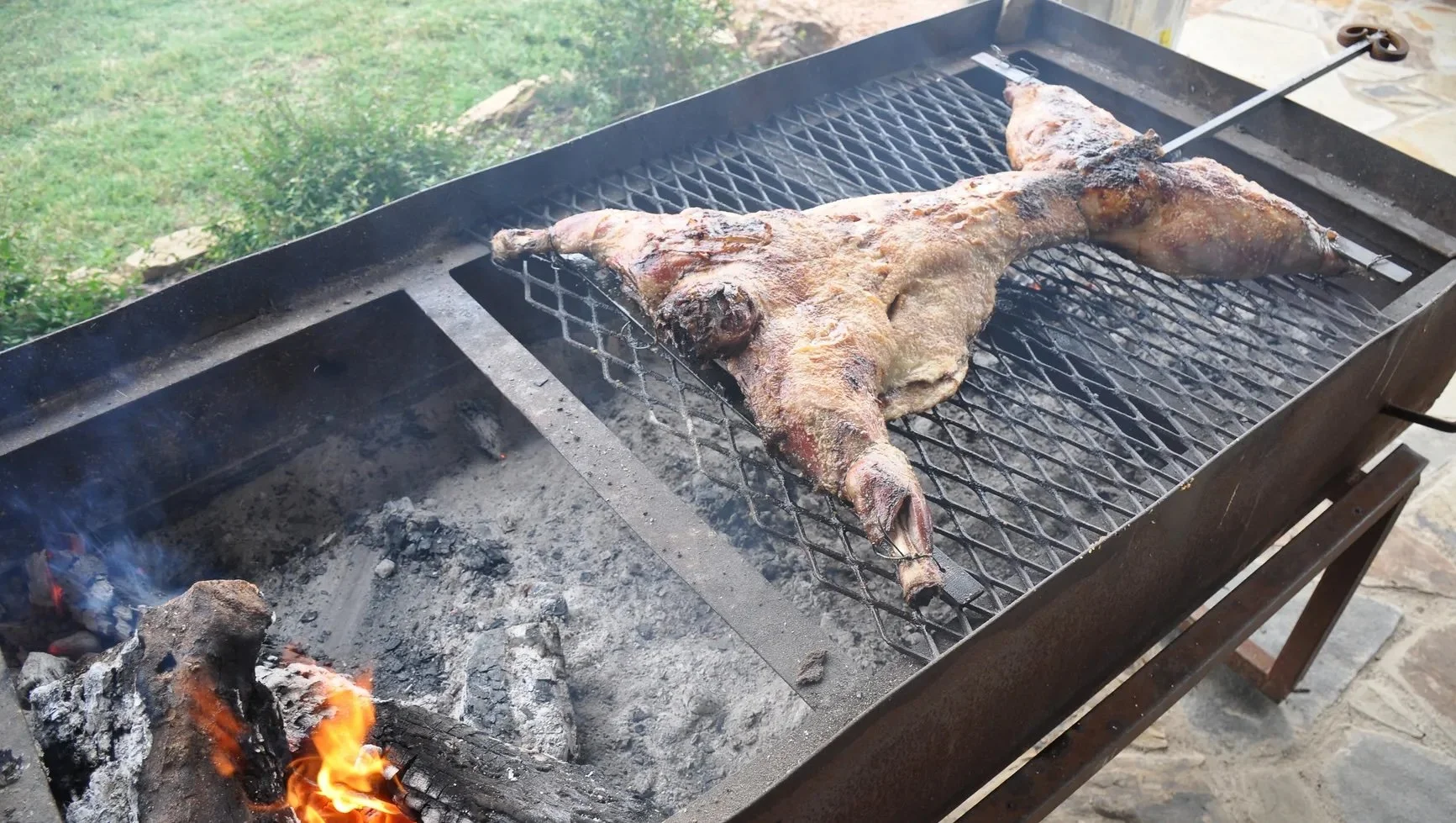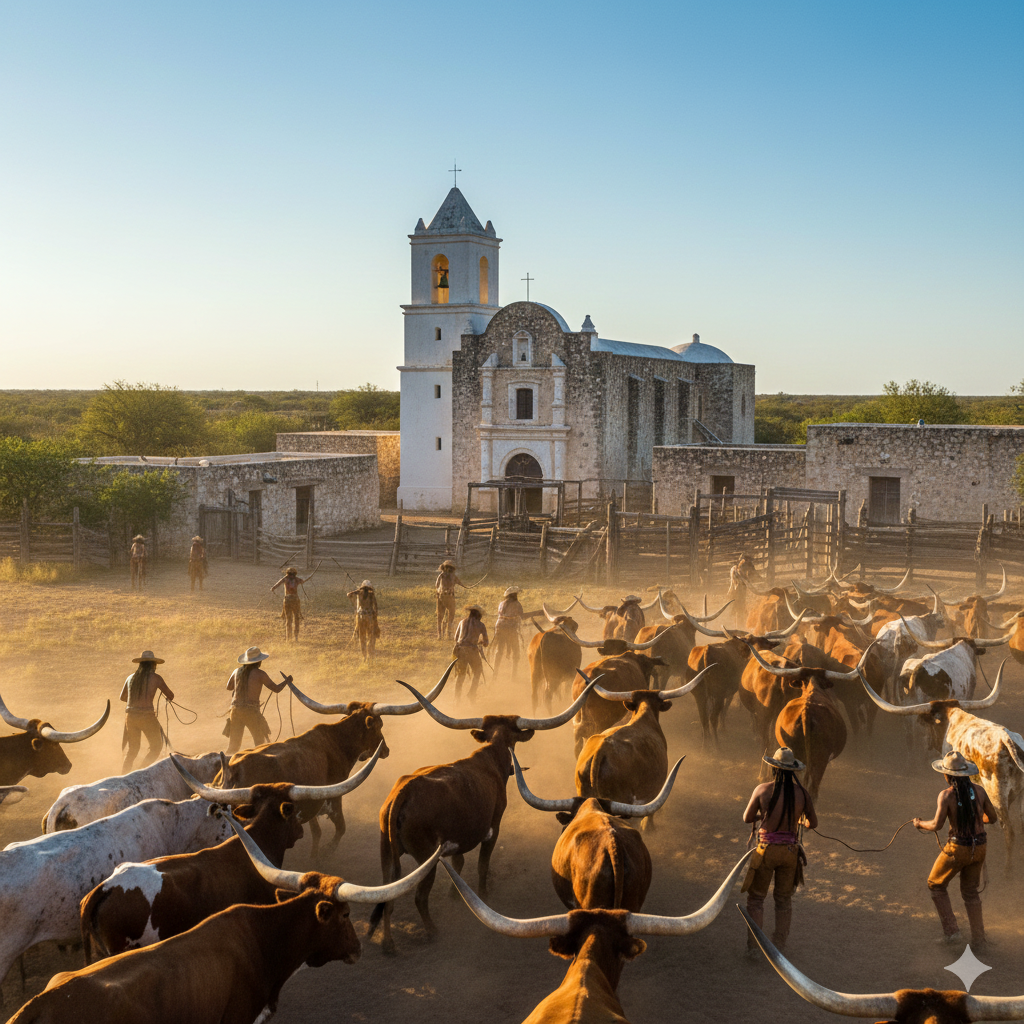A Comprehensive Guide to Regional Mexican Cuisine: Northern-Central-Yucatán-Coastal
Mexican cuisine represents one of the world's most diverse and sophisticated culinary traditions, recognized by UNESCO as an Intangible Cultural Heritage of Humanity. Far beyond the familiar tacos and burritos found in many restaurants, authentic Mexican food varies dramatically across the country's distinct geographical regions, each shaped by unique ingredients, cooking techniques, and historical influences. This comprehensive guide explores the four major regional cuisines of Mexico: Northern, Central, Yucatan, and Coastal, revealing how geography and history have created distinct culinary identities that celebrate thousands of years of culinary evolution.
Northern Mexican Cuisine
Northern Mexican food reflects the rugged, arid landscape and ranching culture that defines this vast region stretching from Baja California to the Gulf of Mexico. The cuisine of this area, known as "El Norte," emphasizes hearty, protein-rich dishes that sustained cowboys and ranch workers across the expansive desert terrain.
Signature Dishes of Northern Mexico
Carne Asada stands as the crown jewel of Northern Mexican cuisine, featuring expertly grilled beef seasoned simply with salt, pepper, and lime. This dish embodies the region's straightforward approach to cooking, allowing the quality of the meat to shine through expert grilling techniques developed over generations of ranch culture.
Carne asada
Machaca represents the practical ingenuity of northern cooks, consisting of dried, shredded beef that was originally developed for preservation in the desert climate. Today, machaca appears in everything from breakfast burritos to dinner plates, often rehydrated and cooked with onions, tomatoes, and chiles.
Cabrito (roasted baby goat) particularly popular in Monterrey, showcases the region's pastoral traditions. The meat is typically slow-roasted over mesquite coals, developing a distinctive smoky flavor that pairs perfectly with handmade flour tortillas.
Burritos originated in Sonora, not Texas as many believe, and were created as portable meals for workers and travelers. Northern Mexican burritos tend to be simpler than their American counterparts, typically containing just meat, beans, and perhaps some chile.
Unique Ingredients and Cooking Techniques
Northern Mexican cuisine relies heavily on beef and dairy products, reflecting the region's extensive cattle ranching. The area produces Mexico's widest variety of cheeses, including queso fresco, queso menonita from Chihuahua, and various types of asadero (smoked cheese).
Flour tortillas predominate over corn in the north, with some varieties reaching enormous sizes. These tortillas are essential for creating the region's signature burritos and quesadillas. The region also features at least forty different types of flour tortillas, each with subtle variations in texture and flavor.
Grilling techniques form the cornerstone of northern cooking methods. The tradition of carne asada (northern Mexican barbecue) isn't reserved for special occasions but represents a regular social activity. Cooks use simple seasonings to highlight natural meat flavors, relying on expert grilling skills developed through generations of ranch culture.
Preservation methods like drying and salting meat reflect the practical needs of desert living. These techniques, originally developed by indigenous peoples and refined by Spanish colonizers, created foods that could survive long journeys and harsh climates.
Central Mexican Cuisine
Central Mexican cuisine serves as the heart of the country's culinary identity, where indigenous Mesoamerican traditions merged with Spanish colonial influences to create many of Mexico's most iconic dishes. This region, centered around Mexico City and including states like Puebla and Morelos, features complex cooking techniques and sophisticated flavor profiles.
Signature Dishes of Central Mexico
Mole Poblano represents the pinnacle of Mexican culinary artistry, combining over twenty ingredients including various chiles, chocolate, nuts, spices, and aromatics into a complex sauce that can take an entire day to prepare. For an in-depth exploration of this iconic dish along with other Mexican masterpieces, read our comprehensive guide to An In-Depth Guide to Four Iconic Mexican Dishes: Mole Poblano, Chiles en Nogada, Pozole, and Tamales. This dish embodies the mestizaje (cultural blending) that defines Mexican cuisine.
Chiles en Nogada holds special significance as Mexico's most patriotic dish, featuring poblano peppers stuffed with picadillo (seasoned meat and fruit mixture), topped with walnut cream sauce and pomegranate seeds to represent the colors of the Mexican flag. This seasonal dish appears only during walnut season in late summer.
Pozole traces its roots back to Aztec rituals and represents one of Mexico's most ancient dishes. This hearty soup features hominy corn and meat (traditionally pork), garnished with fresh vegetables and herbs. The dish exists in three main varieties: rojo (red), verde (green), and blanco (white).
Tamales from Central Mexico showcase incredible diversity, with fillings ranging from sweet to savory and wrappings varying from corn husks to banana leaves. The region's tamales often feature complex moles or rich meat preparations.
Unique Ingredients and Cooking Techniques
Corn forms the foundation of Central Mexican cuisine, processed through nixtamalization—an ancient technique of treating corn with lime that increases nutritional value and creates the distinctive flavor and texture of masa.
Chile varieties reach their most sophisticated use in Central Mexico, where cooks understand the subtle differences between dozens of varieties and their optimal applications. Poblano, ancho, pasilla, and mulato chiles feature prominently in regional dishes.
Complex cooking methods characterize Central Mexican cuisine, including elaborate braising techniques for meat dishes and intricate sauce preparations that can involve toasting, grinding, and cooking ingredients in specific sequences to build layers of flavor.
Traditional tools like the molcajete (volcanic stone mortar and pestle) and comal (flat griddle) remain essential for proper flavor development. To master these ancient techniques and understand their cultural significance, explore our detailed guide Traditional Mexican Cooking Techniques: Mastering Nixtamalization, Molcajete Grinding, and Comal Cooking. These tools, unchanged for centuries, continue to produce superior results compared to modern alternatives.
Yucatan Mexican Cuisine
Yucatecan cuisine stands apart from the rest of Mexico due to its unique history and geographical isolation. The Yucatan Peninsula remained largely disconnected from central Mexico until the mid-20th century, allowing it to develop a distinctive culinary identity influenced by Mayan traditions, Caribbean flavors, and unexpected international influences from Lebanese immigrants.
Signature Dishes of Yucatan
Cochinita Pibil represents the region's most famous dish, featuring pork marinated in achiote and citrus, wrapped in banana leaves, and slow-cooked in an underground pit called a pib. This cooking method, unchanged since Mayan times, produces incredibly tender meat with complex earthy flavors.
Sopa de Lima showcases the region's unique ingredients, featuring a clear broth made with turkey or chicken, seasoned with the distinctive Yucatecan lime that has a characteristic "bump" and unique flavor profile different from regular limes.
Panuchos consist of thick tortillas stuffed with black beans and topped with turkey, pickled onions, and avocado. These represent the Mayan influence on contemporary Yucatecan cuisine.
Papadzules feature hard-boiled eggs wrapped in tortillas and covered with pumpkin seed sauce, demonstrating the region's sophisticated use of seeds and nuts.
Unique Ingredients and Cooking Techniques
Achiote (annatto seed) serves as the foundation of Yucatecan cuisine, providing both the distinctive red-orange color and earthy flavor that characterizes many regional dishes. This ingredient, used since pre-Columbian times, remains essential to authentic Yucatecan cooking. To understand this and other fundamental Mexican ingredients, discover our comprehensive Essential Ingredients Guide to Mexican Cuisine: Building an Authentic Mexican Pantry.
Habanero peppers provide the region's characteristic heat, though Yucatecan cuisine uses them more for flavor complexity than pure spice. The peppers are often used in salsas or as flavor enhancers rather than dominant ingredients.
Underground pit cooking (pib) represents one of the world's oldest cooking methods, still practiced in Yucatan for special occasions and traditional restaurants. This technique infuses food with smoky, earthy flavors impossible to achieve through other methods.
Citrus marinades featuring sour orange (naranja agria) are crucial to Yucatecan cuisine. This unique citrus variety, different from regular oranges or limes, provides the acidic base for many marinades and sauces.
Black beans predominate over the pinto beans common in other regions, reflecting both Mayan traditions and Caribbean influences. These beans appear in everything from side dishes to stuffed tortillas.
Coastal Mexican Cuisine
Mexican coastal cuisine varies dramatically between the Pacific and Gulf coasts, but both share an emphasis on fresh seafood, citrus preparations, and cooking techniques that highlight the natural flavors of ocean ingredients. These regions have developed sophisticated methods for preparing fish and shellfish that reflect both indigenous traditions and international influences.
Signature Dishes of Coastal Mexico
Ceviche represents coastal Mexico's most iconic contribution to world cuisine, featuring raw fish "cooked" in citrus acids and enhanced with onions, cilantro, and chiles. Each coastal region has developed its own variations, from Baja's simple preparations to Veracruz's complex versions.
Fish Tacos originated in Baja California, where they were created as a fusion of Mexican street food traditions and Asian tempura techniques brought by immigrants. The beer-battered fish, cabbage slaw, and creamy sauces create a perfect balance of textures and flavors.
Aguachile provides a spicier variation of ceviche, featuring shrimp marinated in lime juice with cucumber, onions, and fiery chile-lime dressing. This dish showcases the coastal preference for bold, refreshing flavors.
Pescado Zarandeado from the Pacific coast involves butterflied fish grilled over mangrove charcoal and basted with chile-enhanced marinades, creating complex smoky flavors unique to coastal cooking.
Unique Ingredients and Cooking Techniques
Fresh seafood forms the foundation of coastal cuisine, with each region specializing in locally available species. Pacific coast areas favor larger fish like snapper and grouper, while Gulf coast regions often feature smaller fish and abundant shellfish. Text continues after popular blog posts section below.
Popular Blog Posts:
Citrus-based marinades serve dual purposes in coastal cooking: they "cook" raw fish through acid while adding bright, fresh flavors that complement seafood's natural taste. These techniques require precise timing and acid balance to achieve proper results.
Grilling over specific woods like mangrove or mesquite adds distinctive flavors that define regional coastal dishes. These techniques, developed over generations, require skill to manage heat and smoke for optimal results.
Tropical fruit integration sets coastal Mexican cuisine apart from inland regions. Pineapple, mango, and coconut frequently appear in seafood dishes, creating unique sweet-savory combinations that reflect the coastal environment.
Regional Differences and Geographic Influences
The dramatic differences between Mexican regional cuisines result from several key factors that have shaped culinary development over thousands of years.
Geographic Influences
Climate variations across Mexico create different agricultural possibilities. The arid north supports cattle ranching but limited agriculture, leading to meat-heavy cuisine. The temperate central regions provide ideal conditions for corn cultivation, supporting the complex corn-based dishes that define Mexican cuisine. The tropical Yucatan and coastal areas support different crops and seafood, creating entirely different culinary foundations.
Topography has historically isolated regions from each other, allowing distinct traditions to develop. The Yucatan Peninsula's separation from central Mexico for centuries allowed it to maintain stronger Mayan influences and develop connections with the Caribbean rather than other Mexican regions.
Access to ingredients varies dramatically based on location. Coastal areas developed sophisticated seafood preparations, while inland regions focused on preservation techniques and meat dishes. These practical considerations shaped fundamental cooking approaches that persist today.
Historical Influences
Indigenous foundations vary by region, with different native groups contributing distinct techniques and ingredient preferences. Mayan influences dominate Yucatecan cuisine, while Aztec and other central Mexican groups shaped that region's culinary development.
Colonial impacts differed based on Spanish settlement patterns and economic priorities. Northern regions attracted Spanish cattle ranchers, while central areas became administrative centers where complex fusion cuisines developed.
Immigration patterns brought unexpected influences to specific regions. Lebanese immigrants to Yucatan introduced new ingredients and techniques, while Chinese immigrants to northern Mexico contributed cooking methods that still influence regional cuisine.
Trade routes connected different regions to various international influences. Coastal areas developed connections with Caribbean and international maritime trade, while northern regions connected to American Southwest trade networks.
Traditional Cooking Techniques Across Regions
Mexican cuisine employs numerous traditional cooking techniques that vary by region but share common principles rooted in indigenous practices and Spanish colonial influences.
Universal Techniques
Nixtamalization remains crucial across all regions for processing corn, though applications vary. This ancient technique of treating corn with lime creates masa and unlocks nutritional value while developing distinctive flavors.
Dry roasting of chiles, spices, and vegetables over comals develops complex flavors essential to authentic Mexican cooking. This technique requires skill to achieve proper char without burning.
Grinding with traditional tools like molcajetes and metates produces textures and flavors impossible to achieve with modern appliances. These volcanic stone tools break down ingredients differently than metal blades, creating superior salsas and spice pastes.
Regional Specializations
Northern grilling techniques emphasize direct heat cooking over specific woods, developing skills passed down through ranching generations. These methods focus on enhancing natural meat flavors rather than masking them with complex seasonings.
Central Mexican braising creates complex stews and moles through intricate cooking sequences that build layers of flavor. These techniques often involve multiple cooking stages and careful timing to achieve proper results.
Yucatecan pit cooking represents one of the world's oldest cooking methods, requiring knowledge of fire management, timing, and temperature control to achieve proper results in underground ovens.
Coastal acidic cooking through citrus marinades requires understanding of acid-protein interactions and timing to achieve proper "cooking" of raw fish while maintaining texture and developing flavors.
FAQ Section
What makes Northern Mexican food different from other regions?
Northern Mexican cuisine emphasizes grilled meats, particularly beef, due to the region's extensive cattle ranching culture. It features flour tortillas instead of corn, simpler seasoning that highlights meat quality, and dishes designed for ranch life like portable burritos and hearty carne asada.
Why is Yucatecan cuisine so different from the rest of Mexico?
Yucatecan cuisine developed in isolation from central Mexico for centuries, maintaining stronger Mayan influences while developing Caribbean connections. The region uses unique ingredients like achiote, habanero peppers, and sour oranges, plus distinctive cooking methods like underground pit cooking that don't appear elsewhere in Mexico.
Is all Mexican food spicy?
No, this is a common misconception. While Mexican cuisine uses many varieties of chiles, they often provide complex flavors rather than heat. Many traditional dishes are mild, and spice levels can usually be adjusted according to preference. Different regions also have varying approaches to spice use.
What's the difference between authentic Mexican food and Tex-Mex?
Authentic Mexican food varies dramatically by region and uses traditional ingredients and techniques developed over centuries. Tex-Mex is a fusion cuisine that developed in Texas, featuring ingredients like yellow cheese, cumin-heavy seasonings, and preparations not common in Mexico itself.
How important is corn to Mexican cuisine?
Corn forms the foundation of Mexican cuisine across all regions, though its preparation varies. The ancient process of nixtamalization, which treats corn with lime, creates masa for tortillas, tamales, and other fundamental dishes. Corn has been central to Mexican culture for over 9,000 years.
Can vegetarians find options in Mexican cuisine?
Absolutely. Traditional Mexican cuisine includes many plant-based dishes featuring beans, vegetables, fruits, and seeds. Dishes like bean-stuffed chiles, vegetable tamales, and various salads provide substantial vegetarian options, though some regional cuisines are more meat-focused than others.
What cooking tools are essential for authentic Mexican cooking?
Traditional tools include the comal (flat griddle) for tortillas and roasting, molcajete (stone mortar and pestle) for grinding spices and making salsas, and cazuelas (clay pots) for slow-cooking stews. While modern equipment can substitute, traditional tools often produce superior flavors and textures.
How do coastal Mexican dishes differ from inland cuisine?
Coastal Mexican cuisine emphasizes fresh seafood, citrus-based marinades, and cooking techniques that highlight natural fish flavors. Inland regions focus more on meat dishes, complex moles, and preservation techniques. Coastal areas also show more Caribbean and international influences due to maritime trade connections.
What role does geography play in Mexican regional cuisines?
Geography determines available ingredients, influences cooking methods, and shapes cultural connections. Arid northern regions developed cattle-based cuisine, fertile central valleys supported complex corn-based dishes, isolated peninsulas maintained distinct traditions, and coastal areas specialized in seafood preparations.
How has Mexican cuisine influenced world cooking?
Mexican cuisine has contributed fundamental techniques like nixtamalization, introduced key ingredients like tomatoes and chiles to global cooking, and influenced fusion cuisines worldwide. Its emphasis on fresh ingredients, complex flavor building, and traditional techniques continues to inspire chefs globally.
Mexican regional cuisines represent far more than simple variations on familiar themes. Each region tells a unique story of adaptation, innovation, and cultural preservation that spans thousands of years. From the straightforward grilled meats of the north to the complex moles of central Mexico, the isolated traditions of Yucatan, and the fresh seafood preparations of the coasts, these distinct culinary traditions demonstrate how geography, history, and culture combine to create some of the world's most sophisticated and flavorful cuisines. Understanding these regional differences provides deeper appreciation for Mexican food's incredible diversity and the skilled traditions that continue to shape this UNESCO-recognized culinary heritage.










